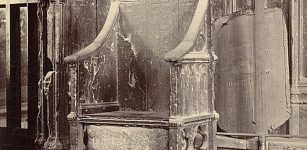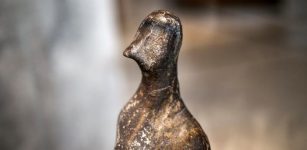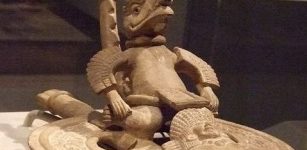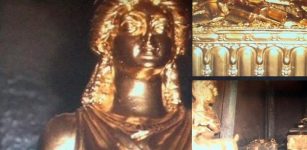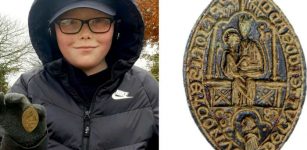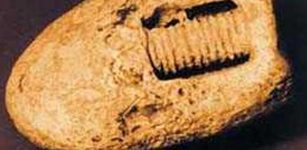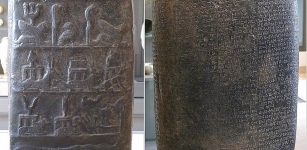Pillar Of The Boatmen Carved By Brotherhood Of Mariners In Lutetia That Became Paris
MessageToEagle.com – The Pillar of the Boatmen is a free-standing sculpture containing sixteen carved images from the Greco-Roman pantheon, Celtic divinities and inscriptions highlighted in red ocher.
While digging under the choir of the cathedral of Notre-Dame in order to excavate a tomb for the archbishops of Paris, workers unearthed the pillar.
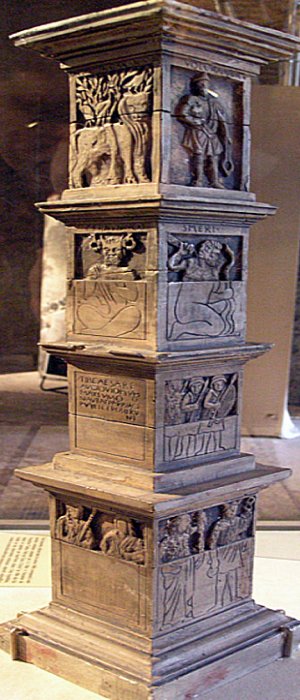
The limestone sculpture, which was restored between 1999 and 2003, is one of the rare testaments to Gallic mythology and dates to 14-37 CE.
The piece of art is 5.24m by 0.91m and originally stood in a temple in the Gallo-Roman town of Lutetia, chief settlement of the Parisii (Gallic tribe), which later became Paris.
At its peak, in the late 2nd century AD, the ancient town of Lutetia had a forum with its basilica, a temple, a theater and the amphitheater, and public baths.
Lutetia was home to almost 10 000 people.
The town’s craftsmen and tradesmen largely contributed to the town’s wealth and its influential guild of boatmen, the so-called ‘nautae parisiaci’.
The boatmen was the brotherhood of mariners who controlled navigation on the River Seine and its tributaries.
They played an important role in Lutetia’s life, and in the early days of the Roman Empire.
They erected the famed sculpture, Pillar of the Boatmen, a monument dedicated to Emperor Tiberius, who became emperor in 14 AD.
The Pillar of the Boatmen’ is one of the earliest representations of Gaulish art with a written inscription that mixes not only Gallic and Latin languages, but also Roman and Celtic deities.
Pillar of the Boatmen is composed of four blocks that were discovered in 1710.
There have been a number of attempts to reassemble the blocks; the bas-reliefs and inscriptions on all four sides make it certain that they were arranged vertically.
Not all of the pieces of the pillar have been found, but we may imagine that it stood on a base, and it is possible that the pillar was decorated by some sort of statue.
See also:
Paris Catacombs: Huge Underground Labyrinth Full Of Secrets
Gundestrup Cauldron: Great Gilded Silver Vessel Decorated With Scenes Derived From Celtic Mythology
Enigmatic Figure Dated Back To 40,000 BC Discovered In Prehistoric Stadel Cave
According to the inscription, the pillar is dedicated to Jupiter, but it also focuses much of its iconography on Celtic gods.
There is, for example, a bust humanoid figure that can be identified as Cernunnos, with his curved horns, around which are hang two torques; interestingly, almost no details are carved below the figure’s face.
Tarvos Trigaranus is depicted as a large, heavy-set bull standing in front of a willow tree. Two cranes stand on his back and a third on his head. Vulcan is shown standing, with hammer and tongs.
Yet another row of carvings of the Pillar of the Boatmen represent the Gallic god Esus, standing beside a willow tree, which he is cutting down with an axe.
The Pillar of the Boatmen is now on display in the National Museum of the Middle Ages (Musée National du Moyen Âge), formerly Musée de Cluny, Paris, France.
Copyright © MessageToEagle.com. All rights reserved. This material may not be published, broadcast, rewritten or redistributed in whole or part without the express written permission of MessageToEagle.com
Expand for references


